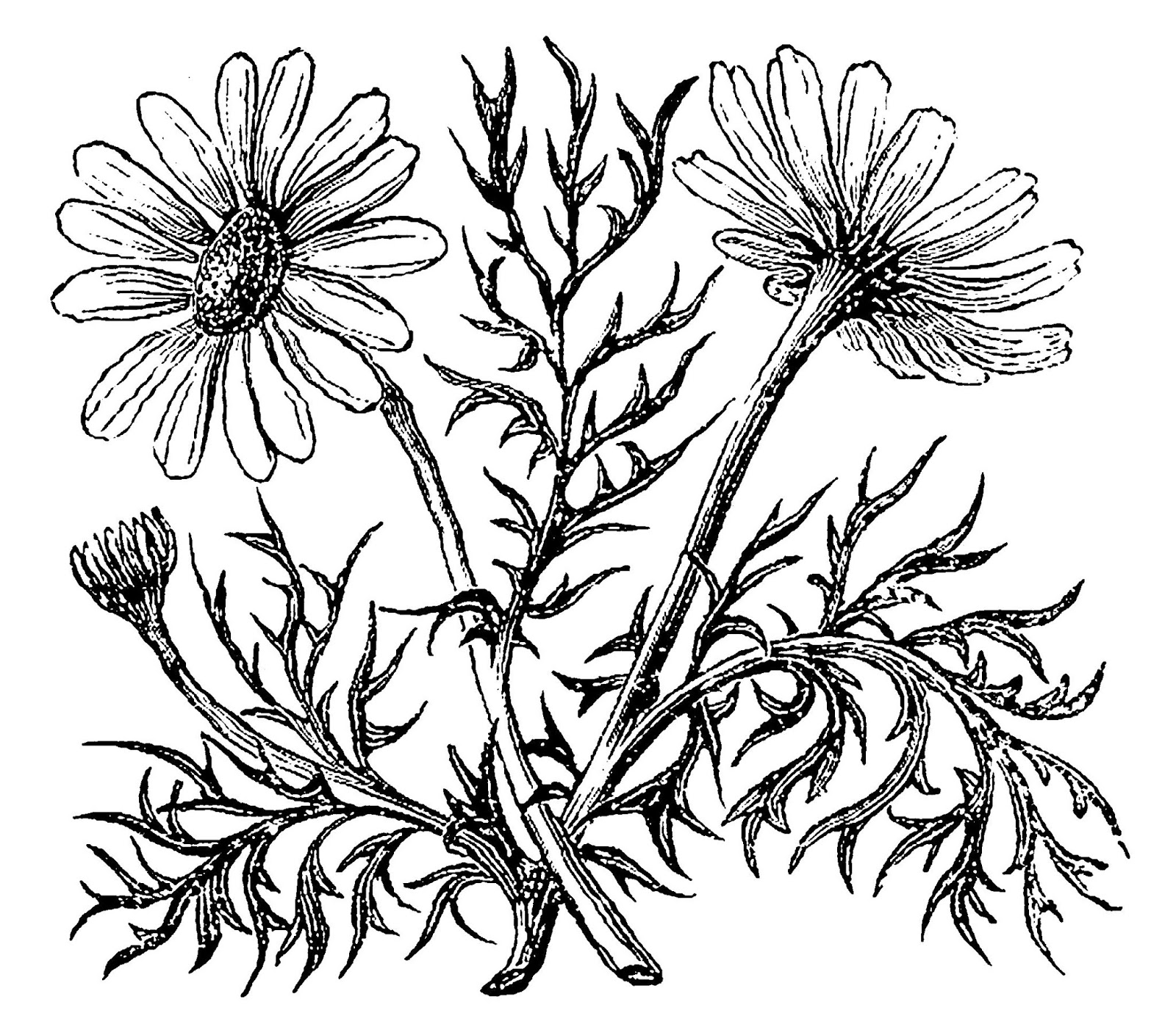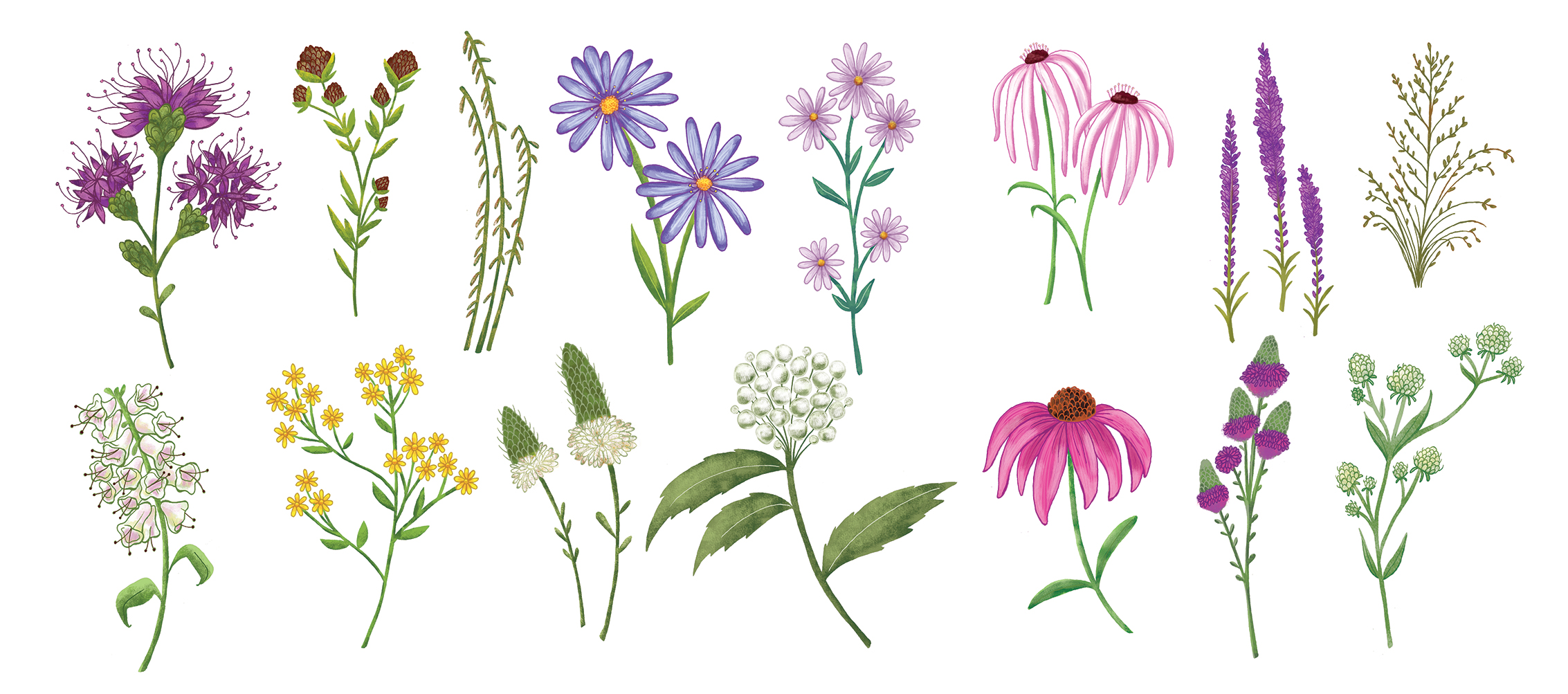
Introduction
Drawing sketches of wild flowers is a delightful and creative activity that allows you to capture the beauty and charm of these natural wonders. Whether you are a seasoned artist or just starting your artistic journey, sketching wild flowers can provide a wonderful way to relax and appreciate the intricate details of nature. In this article, we will explore the art of wild flower sketching and provide tips and techniques to help you create stunning botanical drawings.

Choosing the Right Materials
Before you start sketching wild flowers, it's essential to gather the right materials. Here are some essentials:
- Pencils: Use a range of graphite pencils with different hardness to add depth and shading to your sketches.
- Paper: Select a high-quality sketchbook or drawing paper that can handle different mediums.
- Eraser: Have a good quality eraser handy to correct any mistakes or lighten areas of your sketch.

Observation and Reference
Observation is key when it comes to sketching wild flowers. Take the time to closely observe the flowers you intend to sketch, noticing their unique shapes, textures, and colors. It can be helpful to take reference photos or gather actual flowers to study their details more closely. A magnifying glass can also be handy for examining intricate parts of the flower.

Starting Your Sketch
Begin by lightly sketching the basic shapes of the flowers and their leaves. Pay attention to the proportions and placement of each element. Remember, these initial lines are just guidelines and can be refined later. It's important to stay loose and not worry too much about perfection at this stage.

Adding Details and Texture
Once you have the basic shapes in place, start adding details to your wild flower sketch. Focus on capturing the intricate patterns of the petals, the veins on the leaves, and any other unique features of the flower. Use different pencil strokes and shading techniques to create texture and depth in your drawing.

Exploring Different Techniques
There are various techniques you can experiment with to enhance your wild flower sketches:
- Contour Drawing: Try drawing the outline of the flower without looking at your paper, focusing solely on the subject.
- Cross-Hatching: Use parallel lines in different directions to create shading and texture.
- Blending: Use a blending stump or your finger to soften pencil strokes and create smooth transitions.

Adding Colors
If you wish to add color to your wild flower sketch, consider using colored pencils or watercolor paints. Start with light washes of color and gradually build up layers to achieve the desired effect. Keep in mind that some flowers may have vibrant hues, while others may be more subtle in their coloration.

Capturing the Essence of Wild Flowers
While it's essential to pay attention to details, don't forget to capture the overall essence and spirit of the wild flowers you are sketching. Focus on the unique character of each flower and try to convey its beauty and fragility through your artwork.

Experimenting and Enjoying the Process
Remember, wild flower sketching is a creative process that allows for experimentation and personal expression. Don't be afraid to try different techniques, explore various compositions, and add your artistic touch to the sketches. Enjoy the journey and let your love for wild flowers guide your artwork.

Conclusion
Sketching wild flowers is a delightful way to connect with nature and explore your artistic skills. By observing and capturing the intricate details of these beautiful blooms, you can create stunning botanical sketches that showcase the unique charm of wild flowers. Remember to gather the right materials, take reference from real flowers, and experiment with different techniques. Enjoy the process and let your creativity bloom!